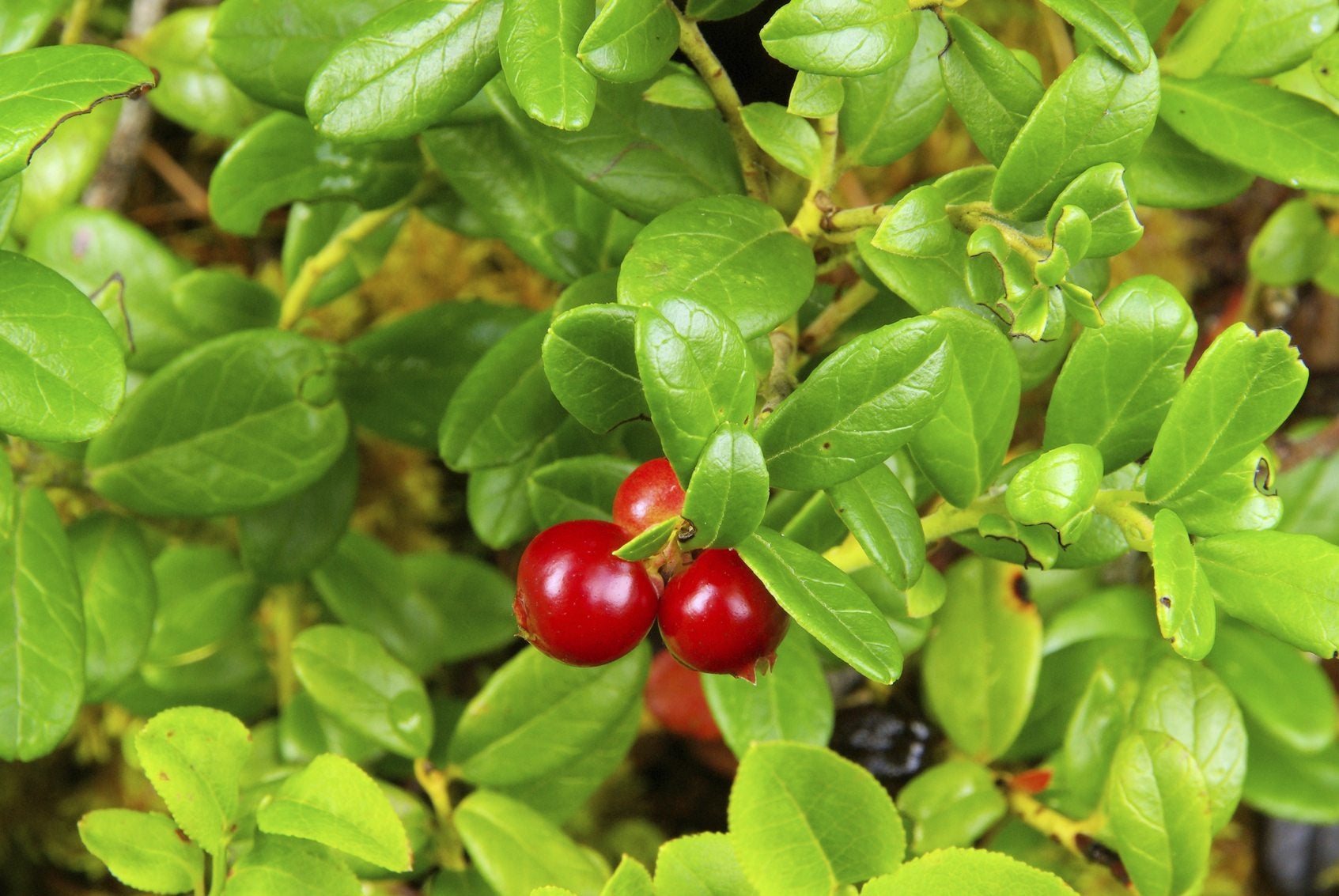Container Grown Lingonberries: Caring For Lingonberries In Pots


Essential in Scandinavian cuisine, lingonberries are relatively unknown in America. This is too bad because they’re delicious and easy to grow. A relative of blueberries and cranberries, lingonberries are very high in sugar but also in acid, which makes them quite tart when eaten raw. They’re fabulous in sauces and preserves, though, and perfect for container growing. Keep reading to learn more about growing lingonberries in containers and caring for lingonberries in pots.
Planting Lingonberry Fruit in Pots
Lingonberry plants, just like blueberries, need highly acidic soil to grow. This is why, just like with blueberries, growing lingonberries in containers is ideal. Rather than trying to amend the soil in your garden that is almost certainly too high in pH, you can mix up just the right level in a pot. The best pH for lingonberries is right around 5.0. A soil mixture that’s very high in peat moss is best. Container grown lingonberries don’t need much room, as their roots are shallow, and they don’t reach more than 18 inches (46 cm.) in height. A container with a width of 10 to 12 inches (25-31 cm.) should be enough.
Growing Lingonberries in Containers
It’s easiest to buy your lingonberries as seedlings and transplant them into containers. Cover the soil with 3 inches (8 cm.) of sawdust for mulch. Caring for lingonberries in pots is very easy. They like their roots to be kept moist, so water frequently. They can tolerate partial shade, but they fruit best in full sun. They should fruit twice per year – one small yield in the spring and another big yield in the summer. They hardly need any fertilizer, less is definitely more. Native to Scandinavia, lingonberries are hardy down to USDA zone 2 and should be able to tolerate most winters, even in containers. Still, it’s a good idea to mulch them heavily and move them out of any strong winter winds.
Sign up for the Gardening Know How newsletter today and receive a free copy of our e-book "How to Grow Delicious Tomatoes".

The only child of a horticulturist and an English teacher, Liz Baessler was destined to become a gardening editor. She has been with Gardening Know how since 2015, and a Senior Editor since 2020. She holds a BA in English from Brandeis University and an MA in English from the University of Geneva, Switzerland. After years of gardening in containers and community garden plots, she finally has a backyard of her own, which she is systematically filling with vegetables and flowers.